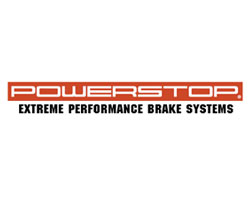Explaining Coolant Issues To Customers
Explaining Coolant Issues To Customers In colder weather, it’s fairly common for a consumer to add the wrong kind of coolant to their vehicle. While experienced counter pros and technicians know there are different [...]
VIN NUMBERS
Vehicle Identification Numbers: Cracking ‘The Da-VIN-ci Code’ -Thomas Dayton, Counterman Magazine The modern 17-digit Vehicle Identification Number (VIN) became mandatory for new vehicles sold in the United States beginning with the 1981 model year. [...]
Diagnosing Wheel Noise
Diagnosing wheel noise isn't always so straightforward! Mark Philips, Editor, Counterman Magazine Noise coming from the wheels of any vehicle means the bearings are bad, right? Well, diagnosing wheel noise isn’t so straightforward! [...]
GPD Tech Tips
"Gummy Oil" Have you ever opened a compressor and found that the oil has become "semi solid"..a bit like grease! The compressor probably failed because they require oil to lubricate them!! Gummy oil all [...]
MAS Ball Joint Inspection
How to Inspect Ball Joint Wear Due to Friction One of the main reasons ball joints can fail is from excessive wear from friction. Techs often have a problem locating valid specs [...]
Powerstop Break In Procedure
IMPORTANT: Break In New Brake Pads/Rotors Using The Pad Bedding Procedure As Follows. Proper Pad Bedding Can Prevent Rotor Warping. The break-in procedure is critical to brake performance. The reason for a proper break-in [...]
GPD
TECH TIPS
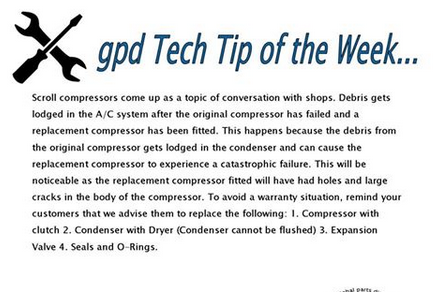
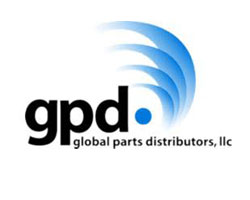
GPD
TECH TIPS
When should the system be flushed? We believe if the a/c system is opened for service, it’s a good time to flush. A clean system minimizes the chance of a comeback. On systems that utilize an orifice tube, you can usually judge the condition by looking at the inlet side of the orifice tube screen. If a substantial amount of debris were found, flushing is recommended. Likewise, visual inspection of the refrigerant oil may indicate it’s time to flush. Any time that a major component fails, system flushing is required.
Did you know?
Compressor replacement requires clean oil of the proper type and amount. You can pour refrigerant oil into the suction port and turn the compressor hub by hand, which will pump clean oil through the compressor. Remember, compressors don’t compress liquids. So, make sure you rotate the compressor hub by hand enough to ensure you don’t liquid “slug” the compressor

Why the correct application is so important to the vehicles health.
While everyone recognizes that it’s important to identify and fit the correct engine oils by application, it’s no less critical to follow the same practice with gear and transmission oils. Using the wrong engine oil can damage sensitive components – notably turbos, CATs and DPFs. It will also compromise engine life
and performance, impair fuel economy and – if it doesn’t comply with the VM’s specifications – could easily invalidate the vehicle’s warranty.
If the wrong gear or transmission oil is fitted however, the vehicle is unlikely to move very far before some sort of problem arises: it might not even make it out of the workshop. While the wrong engine oil may take its time to punish, the wrong gear or transmission oil has a much shorter fuse.
In some ways, gear oils have an easier time than engine oils since, in the main, they don’t come into contact with the by-products of combustion such as gases, acids and other pollutants. Nevertheless, they have to operate in a different but equally demanding environment where metal surfaces are doing
their utmost to come together and, if unlubricated, destroy one another.
Because oil pressure can’t always sustain an oil film between these surfaces and keep them apart, extreme pressure (EP) additives are used which are designed to literally ‘sacrifice’ themselves by creating a coating on the gears to increase protection. This is especially important in differentials where the
torque loadings on spiral, hypoid gears simulate even more of a ‘grinding’ effect than straight cut gears.
What’s the difference between engine and gear oils?
Whereas engine oils have US specifications issued by the API (American Petroleum Institute) and European limits set by ACEA, the major standard for gear oils such as GL-4 and GL-5 are solely set by the API, though they’re employed worldwide. Gear oils adopt a similar viscosity classification system to
engine oils, although the SAE numbers for gear oils don’t exactly equate to engine oils.
Although there are a large number of possible bands to describe the viscosity of manual gear oils, modern 75W90, 75W80, EP75W80 and 75W products account for over 50% of current applications and,
between them, embrace nearly all GL-4 and GL-5 Service Classifications (75W products, such as new Comma MVMTF Plus 75W, are increasingly being specified to operate over a wider range of temperatures and provide additional ‘feel’ for contemporary high performance gearboxes).
GL-4 is generally preferred for gearboxes, since it prov ides the correct mix of protection for components against wear and the necessary degree of friction for the most efficient synchromesh operation. GL-5 prov ides the additional protection required by the final drive where the loadings tend to be higher.
When it comes to automatic gearboxes, power steering pumps and torque converters, the market is dominated by two fluid types, designated Mercon and Dexron. These have evolved over many years to suit the auto gearbox designs of Ford (Mercon) and General Motors (Dexron), but they ’re also widely applicable to some proprietary and ‘derived’ units such as Borg Warner, Rolls Royce, Jaguar etc.
As always, the devil is in the detail and a word of caution is in order. As with engine oils, there is no such thing as a ‘one size fits all’ solution in the gear and transmission lubes sector; the market requirement is too diverse.
For this reason, upgraded and new products for the widest number of applications are routinely introduced to Comma’s gear and transmission lubes offer to workshops, thereby reducing the reliance on
sourcing the correct, OE-compliant product from a main dealer. A recent case in point is one new product and three important upgrades extending Comma’s coverage to 84% of UK car parc manual transmissions.
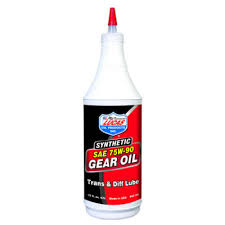
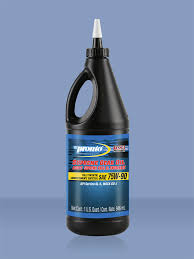
GPD
TECH TIPS
- When working with either PAG or Ester oils always be sure to keep the container capped when your not using it. The chemical makeup of these type of oils will absorb moisture and can create a problem in the a/c system if used.
- When replacing the clutch assembly always make sure to re-install the snap rings properly. Snap rings have two sides, one is flat and the other beveled. The beveled side should always go to the outside to ensure proper fit.
- Poor system performance could be faulty reed valves in the back of the compressor. A hissing sound from the compressor immediately after shutdown indicates high side to low side pressure leakage. To check this, attach manifold gauges and turn compressor on. Readings showing lower than normal discharge pressures and high suction pressures or a rapid stabilization of gauge readings shortly after shutdown indicate leaking reed valves or compressor head gasket.

POWERSTOP: Break In Procedure
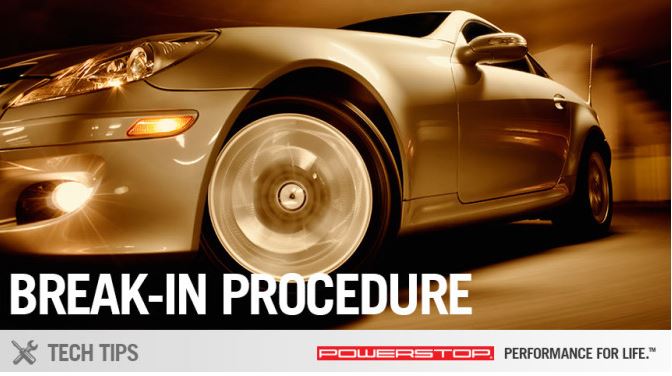
IMPORTANT: BREAK IN NEW BRAKE PADS/ROTORS USING THE PAD BEDDING PROCEDURE AS FOLLOWS. PROPER PAD BEDDING CAN PREVENT ROTOR WARPING.
The break in procedure is critical to brake performance. The reason for a proper break in is to establish an even layer of friction material deposited on the rotors from the brake pads. It is very important that this initial layer of friction material is evenly distributed.
Break in the pads as follows:
- 5 moderate to aggressive stops from 40 mph down to 10 mph in rapid succession without letting the brakes cool and do not come to a complete stop. If you’re forced to stop, either shift into neutral or give room in front so you can allow the vehicle to roll slightly while waiting for the light. The rotors will be very hot and holding down the brake pedal will allow the pad to create an imprint on the rotor. This is where the judder can originate from.
- Then do 5 moderate stops from 35 mph to 5 mph in rapid succession without letting the brakes cool. You should expect to smell some resin as the brakes get hot.
- After this is complete, drive around for as long as possible without excessively heating the brakes and without coming to a complete stop (Try for about 5 minutes at moderate speed). This is the cooling stage. It allows the heated resin in the brake pads to cool and cure.
- After the brakes have cooled to standard operating temperature, you may use the brakes normally.
